Discover the Balkans’ finest treasures with our comprehensive expert guide!
From known capital cities to uncovering hidden gems that should be on every traveler’s radar to venturing off the beaten path for those seeking adventure.
Our team has spent considerable time working together to curate this list, ensuring that you have access to the best recommendations the Balkans have to offer to ensure you have an unforgettable tour.
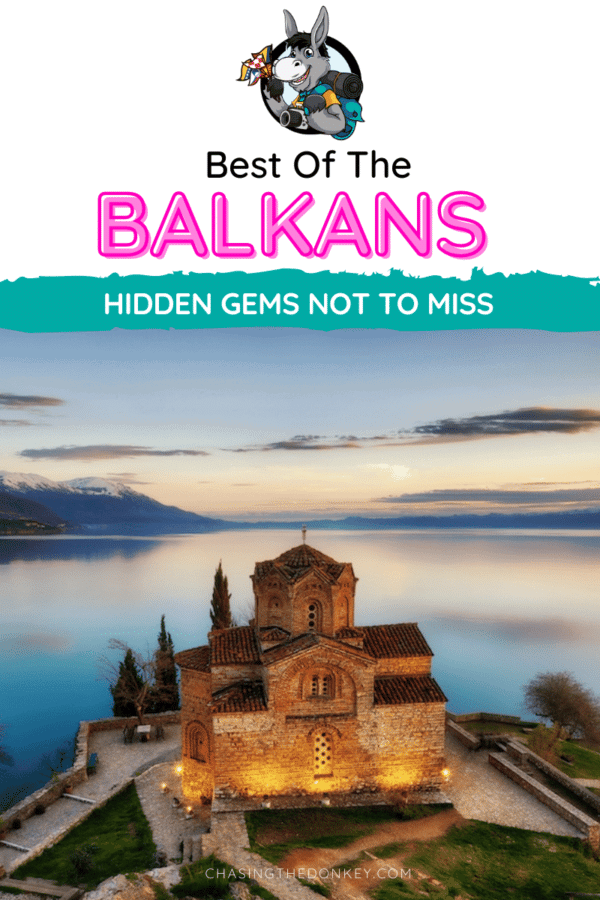
Nestled in the southeastern corner of Europe, the Balkan region encompasses a captivating region known as the Balkan Peninsula. Its name originates from the Balkan Mountains, stretching from the border of Serbia to Bulgaria, where they gracefully meet the Black Sea.
Within this diverse region lie numerous Balkan countries, each offering its own unique charm and countless hidden gems waiting to be explored. To kickstart your Balkan tour, here’s a curated list of some of the absolute best places to visit in this enchanting corner of the world.
Skip Ahead To My Advice Here!
1. Varaždin – Croatia
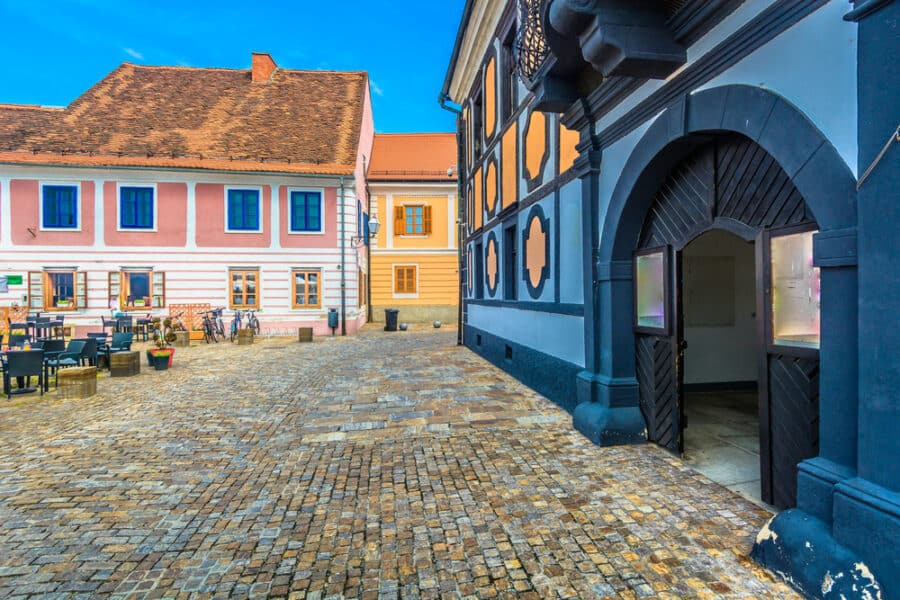
When visiting Croatia, you should try to move around as much as possible. For sure, the tourist resorts are fantastic and will more than meet your needs, but the inland regions are something special. Here, you can get a real taste of authentic Croatia and feel like you’ve traveled back in time.
A short distance away from Zagreb, easily doable by day trip, is a beautiful city called Varaždin. Put this on your visit list!
Packed with beautiful baroque-style architecture, culture, and plenty of history, you’ll love walking around the cobbled streets and finding hidden gems to explore. There is also delicious cuisine to try too.
2. Xanthi – Greece
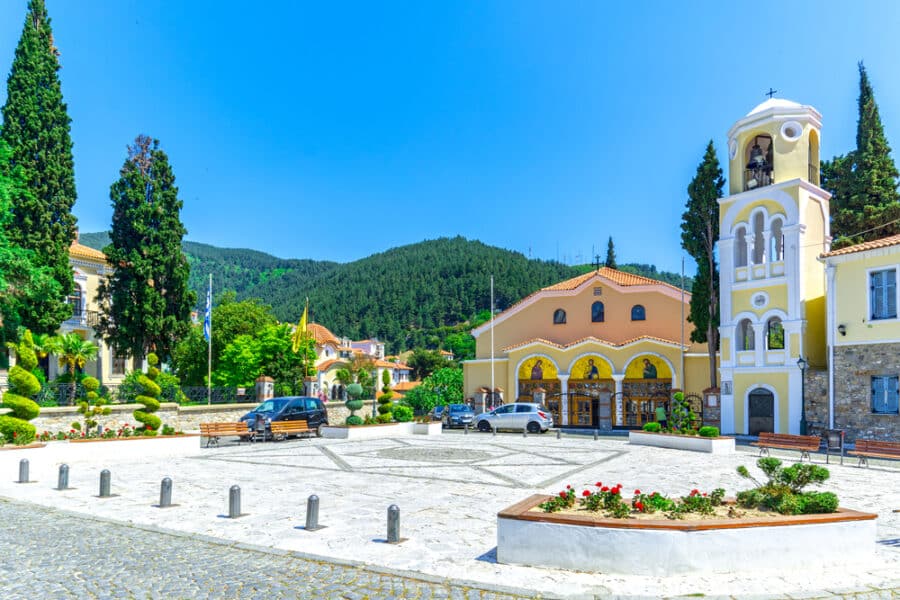
Usually described as a city with a thousand colors, Xanthi is another amazing Greek city entirely off the beaten track.
Xanthi is in the region of Thrace, on the commercial crossroad between Europe and Asia; it has always been a place of cultural exchange where different civilizations have left an ever-lasting imprint and an original multicultural vibe that is even more visible during the famous carnival that Xanthi hosts year after year.
The old town of Xanthi is rich in art and architectural landmarks, a sort of museum in the open full of cultural diversity. Churches, mosques, synagogues, open markets, museums, squares, everything blends and reflects a city’s exciting past with an intriguingly cosmopolitan atmosphere.
3. Pejë /Peja – Kosovo

This small city has less than 50000 inhabitants and is part of Kosovo’s greater Peć district, close to the borders of both Montenegro and Albania.
All cities are within 2 hours of each other and accessible by regular and straightforward bus routes. The most well-known are the quirky capital of Pristina and the cultural hub of Prizren. Peja is one of Kosovo’s ‘three Ps,’ often suggested as a recommended route through Kosovo.
Although there isn’t much to do in Peja compared to its larger European counterparts on the surface, it has some incredibly distinctive historical sites of its own, and the surrounding scenery is not to be missed. In fact, Peja is the perfect gateway for hiking the formidable Accursed Mountains or visiting the nearby Rugova Canyon. The mountain ranges here are breathtaking, and the waterfalls are amongst the least visited in Europe, except for the locals, of course, who will surely give you some great tips during your stay.
4. Gjirokaster – Albania
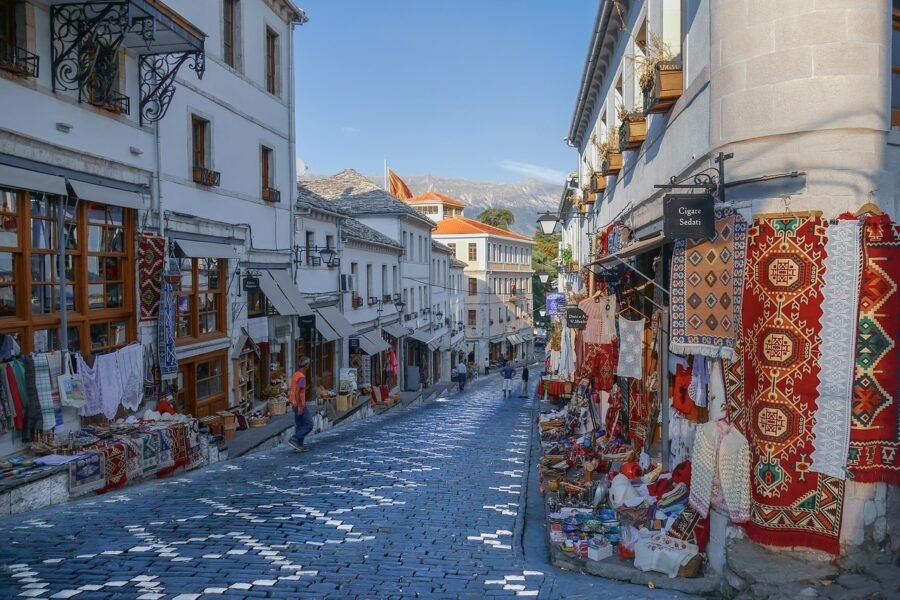
Gjirokastra, also known as Gjirokaster of the “City of Stone,” is a town in south Albania scrunched up in the Drino River Valley between the Drino River and the Gjere Mountains. It is a rare former Ottoman town, well-preserved in its former glory.
That is because former communist leader Enver Hoxha’s hometown ensured the town stayed in exceptional shape throughout his reign.
There are about 25,000 people who call Gjirokastër home, which is near as many tourists as it sees annually. One of the country’s oldest towns, settled over 2,500 years ago, and this is one of those must-see places in Albania. It is nothing short of good fortune that this town is still the sight it is today and, without a doubt, one of the best tourist places in Albania.
5. Konya – Turkey
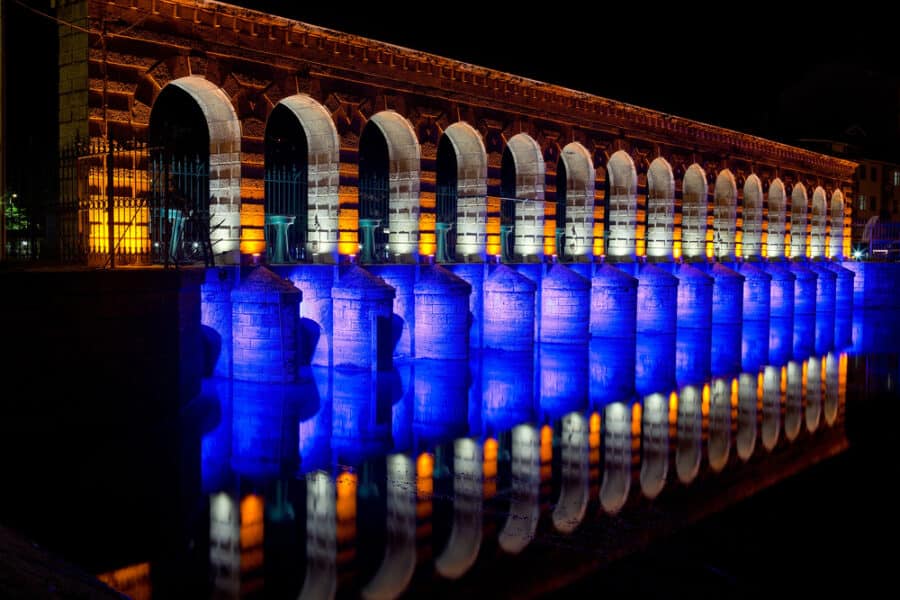
Konya is located in Central Anatolia and somewhat off the beaten track for many tourists. However, that doesn’t mean it’s not an excellent spot to head to, and it’s also a common drop-off point for people visiting nearby Cappadocia.
Konya is perhaps most famous for being the former home of Rumi, the Persian poet, and you’ll also find the Mausoleum of Rumi in Konya. While Konya is one of the most conservative towns in Turkey compared to other tourist spots in Turkey, such as Izmir and Istanbul, that means you’ll get to see authentic traditions here, and that’s what travel to the Balkans is all about.
6. Novi Sad- Serbia
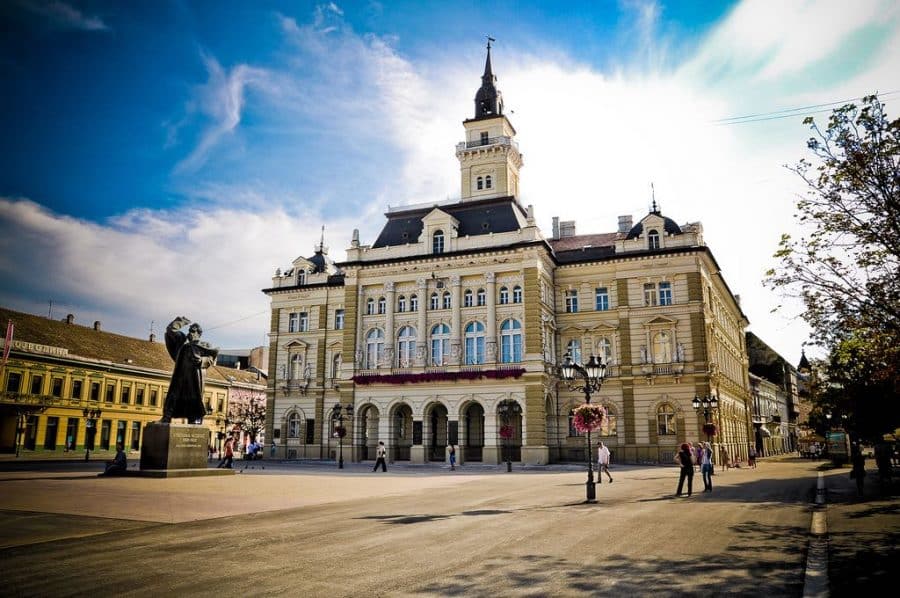
Serbia’s second-largest city, Novi Sad, lies near Fruška Gora National Park and is one of the country’s most livable cities. This is where you’ll find welcoming city parks, a thriving music scene, great art galleries, charming outdoor cafes, and busy bars. Architecture lovers will also appreciate this historic city boasting Serbian and Hungarian architecture.
Additionally, Novi Sad hosts the famous EXIT Festival each year. This is one of southeastern Europe’s biggest music festivals, attracting thousands of party-goers from all over the continent.
Brands We Use And Trust
7. Village Of Počitelj – Bosnia & Herzegovina
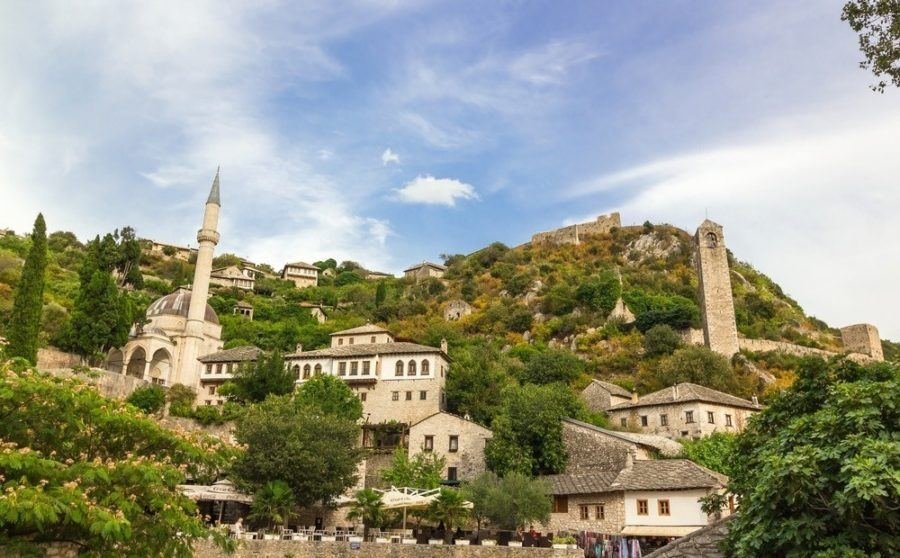
Sometimes called the “Pearl of Herzegovina,” the ancient village of Počitelj is a classic stopping point en route from Dubrovnik to Mostar. It lies just north of the border with Croatia, about a 30-minute drive south of Mostar.
Located on the left bank of the Neretva River—which, by the way, also flows through the heart of Mostar and right underneath the Stari Most—Počitelj sits in a natural amphitheater and used to be a strategically important town. This is still evident because of the still-present fortified medieval walls and a fortress. Other landmarks include an old mosque and a bell tower that offers spectacular views.
This historic town thrived from the 16th to the 18th centuries. Its evolution happened over two distinct periods—the medieval and Ottoman periods. Currently, Počitelj is on the Tentative List of UNESCO, being considered for inclusion in the World Heritage Site list.
8. Struga – North Macedonia
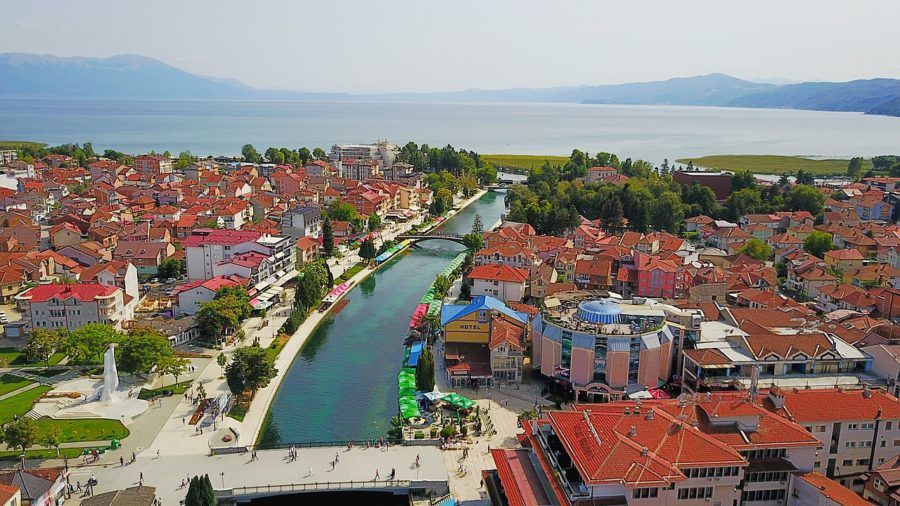
Tucked in that same southwest corner of the country, bordering beautiful Lake Ohrid, is a village that is every bit as beautiful as the larger city down the road but a bit quieter, especially during the summer months.
Struga prides itself on its low-key atmosphere when compared to Ohrid. While Ohrid was once the capital of culture in Macedonia, Struga never received a title like that and has remained in the shadows.
This town is split in two by the Black Drin River, which gives the entire town a riverside vibe similar to Venice’s. With that being said, the architecture is entirely different from Italy’s canals. However, the atmosphere is quite similar with one striking difference: the people of Macedonia aren’t out to take your money; they want you to enjoy their town/ country.
With numerous cafes and restaurants that seat people outside with unparalleled views along the riverfront, it will be hard for you not to enjoy and romanticize every evening in Struga.
9. Maramures – Romania
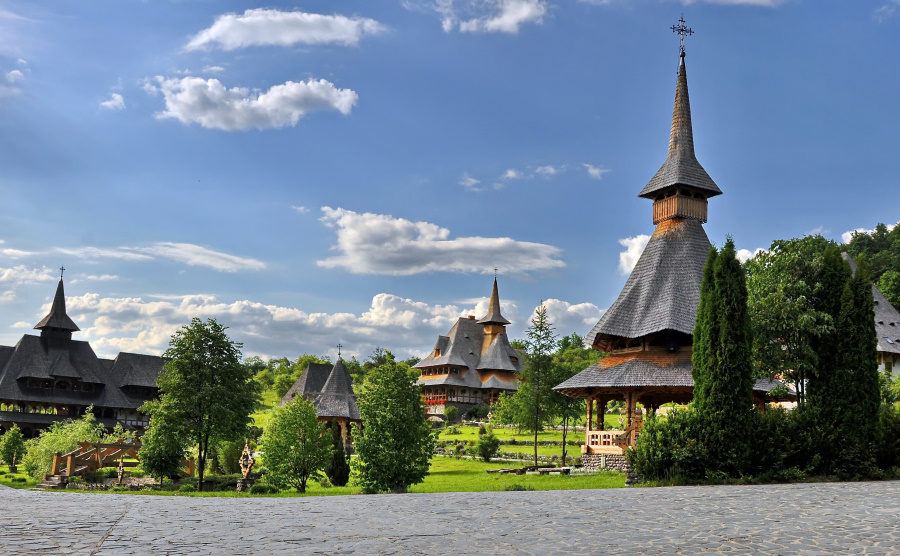
The best thing to do in Maramures is to relax. Enjoy the quiet life here, the nature charging your batteries, and the good, natural food. There are not many corners around Europe so well preserved, which is something Maramures can take pride in.
Besides relaxing, there are other things to do here and places to visit to have a full experience. One of the most popular things to do there is to visit the wooden churches.
10. Plovdiv – Bulgaria
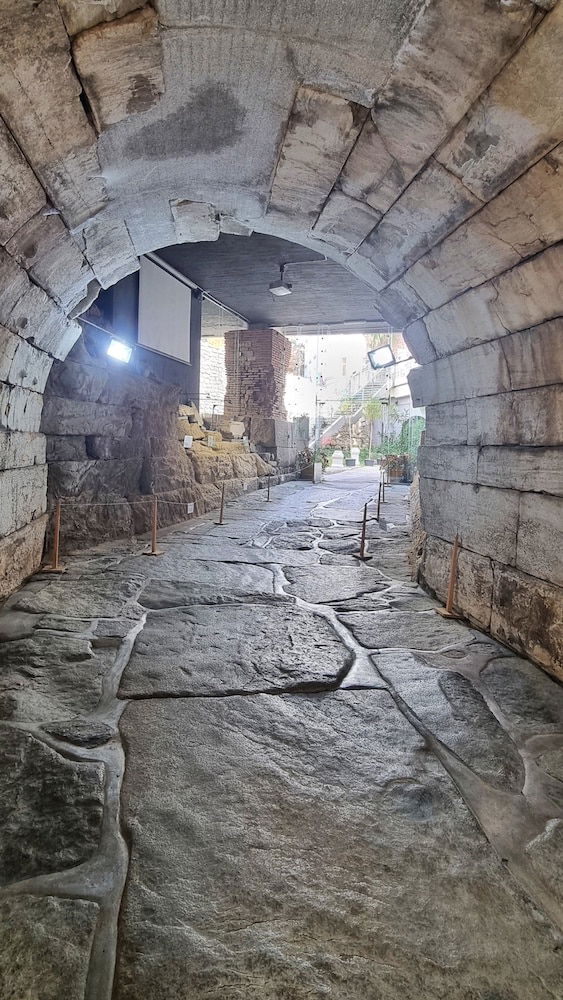
The 2019 European Capital of Culture and second-largest city in Bulgaria, Plovdiv, is one of the country’s top tourist destinations in the eastern Balkans.
Plovdiv has many things to do, primarily thanks to its long history and rich cultural heritage.
Spread across seven hills in a fertile region in south-central Bulgaria, the area that now makes up Plovdiv has been inhabited for no less than 8,000 years.
The first Neolithic settlements discovered here date back to 6,000 BC. Since Plovdiv still exists, it’s often regarded as one of the world’s oldest still-inhabited cities. While there’s some debate among scientists about that, it’s unquestionably one of the oldest cities in Europe.
Over the millennia, the city—known in Antiquity as Philippopolis—has been occupied by Thracians, Greeks, Romans, Huns, Bulgars, Slavs, western Crusaders, and Ottomans, among other peoples.
As such, it now has an exceptional wealth of historic architecture, is a center of arts and crafts, and has its fair share of excellent museums.
11. Budva – Montenegro
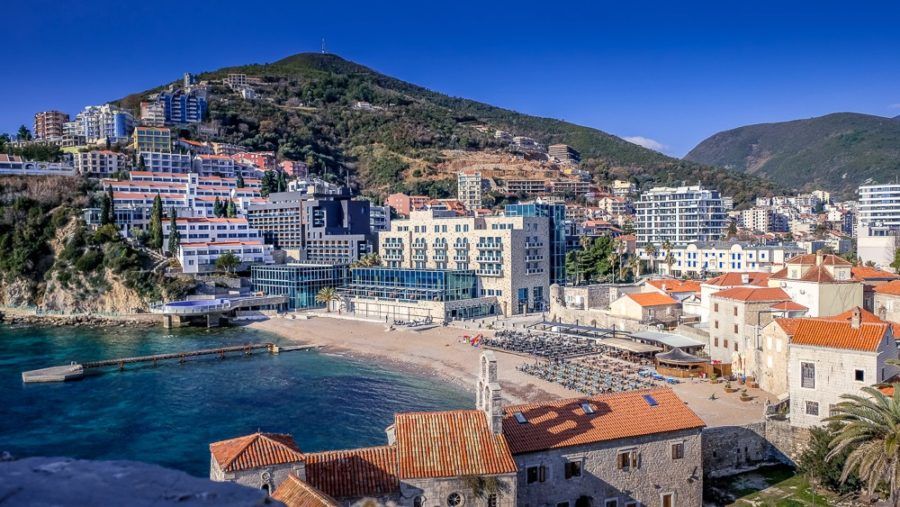
Budva, set in the middle of the shimmering Adriatic Sea coast in Montenegro, is the center of tourism in this small Balkan country. Filled with restaurants, bars, clubs, and shops, there are many things to do in Budva. After all, this is Montenegro’s most popular destination for beach holidays, and it’s home to some of our favorite luxury hotels in the country!
Located on a peninsula that juts out into the azure waters of the Adriatic coast, Budva, with its fortified city walls and long, rich history, is historically one of the most important towns on the coast of the Balkans. Besides the peninsula, the local geography also features several islands and a bay.
The coast around Budva is no less than 21 kilometers (13 miles) long and has 17 beautiful beaches. The combination of this many beaches and a downright superb climate is why this is Montenegro’s tourism epicenter.
The town enjoys a typical Mediterranean climate. With warm to hot summers and mild, comfortable winters, as well as no fewer than 230 days of sunshine, Budva is the perfect destination for a beach vacation.
12. Rogla – Slovenia
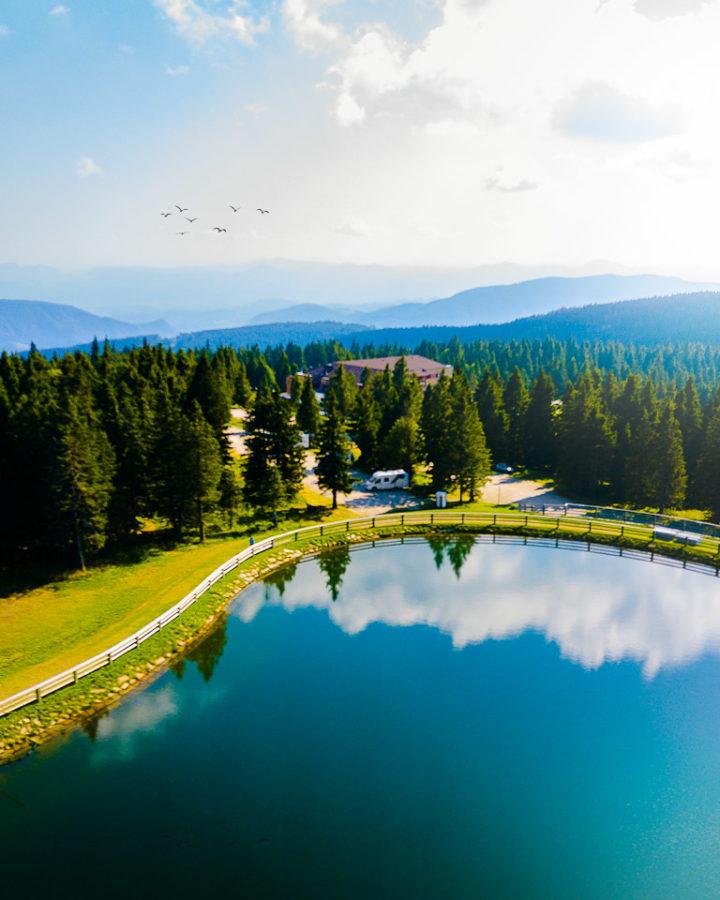
13. Blagaj, Bosnia & Herzegovina
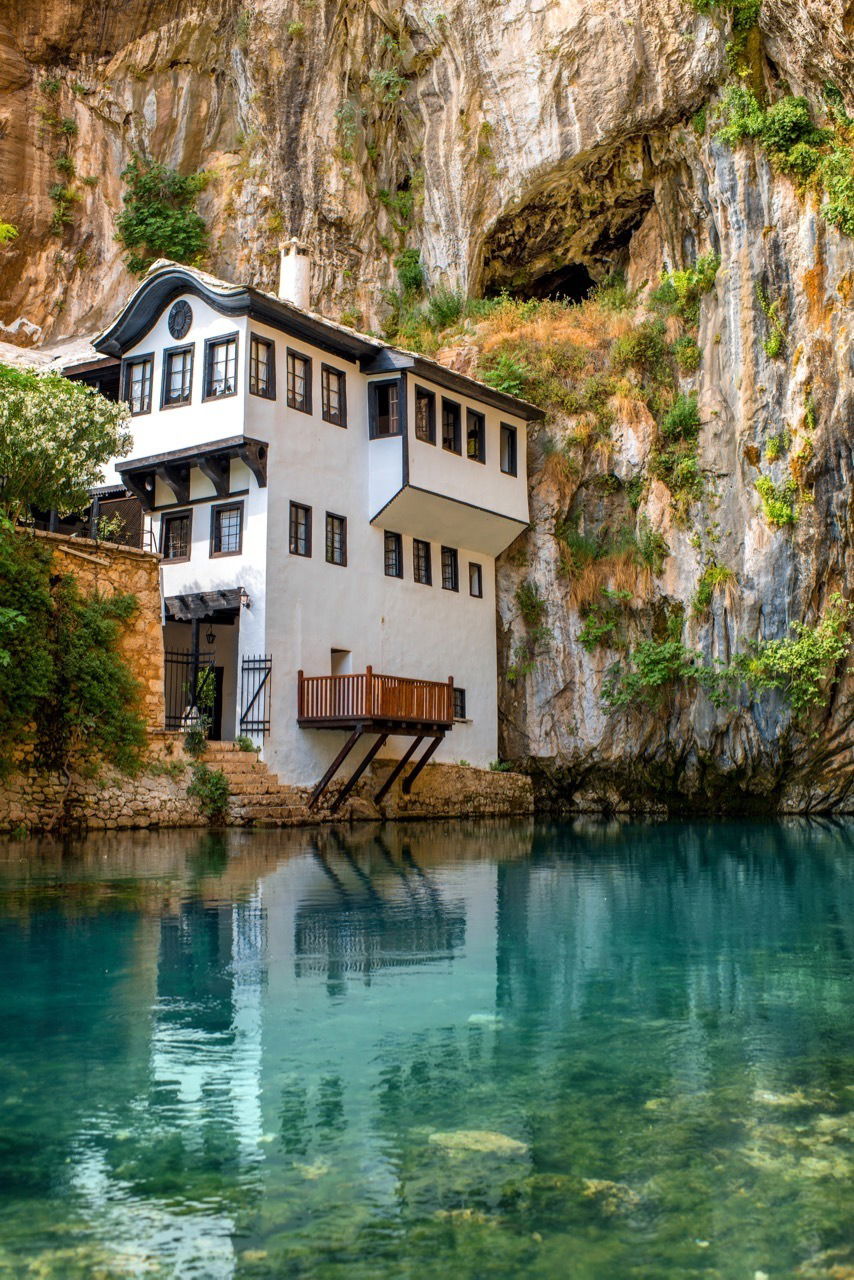
Blagaj is a small town with an abundance of charm, located just a short fifteen-minute drive from Mostar. Easily accessible by car, taxi, or bus, the town’s most famous attraction is the Blagaj Tekija, a mesmerizing monastery intricately carved into the cliff face.
While the monastery is a highlight, Blagaj also offers an opportunity to immerse yourself in nature and experience a traditional way of life that has endured for generations.
14. Perast, Montenegro
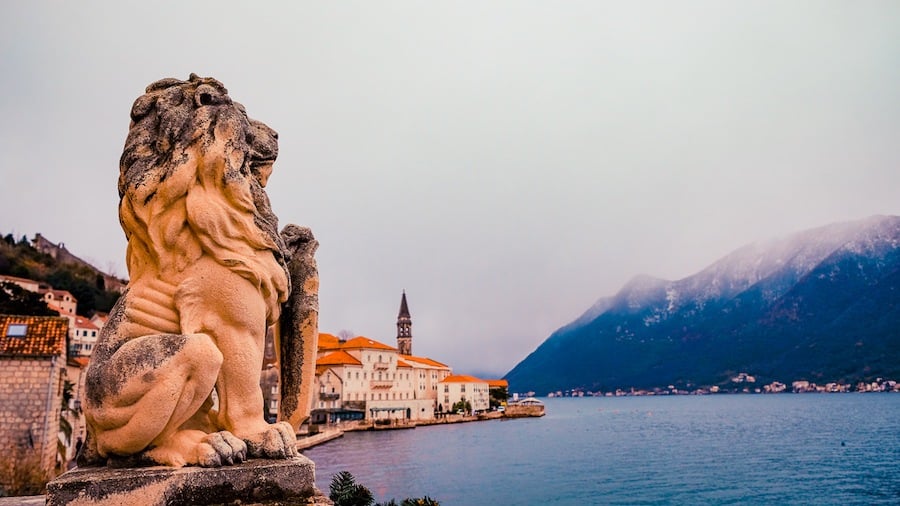
If you’re seeking a tranquil and off-the-beaten-path destination to discover the beauty of Montenegro, Perast is a hidden gem worth exploring. This stylish town exudes a Venice-like charm with its picturesque setting amidst lush greenery and crystal-clear blue waters.
Unlike the bustling tourist crowds of Kotor, Perast allows you to wander freely and soak in the serene atmosphere. Explore small cafes and restaurants while reveling in the feeling of being in another world.
15. Lovćen, Montenegro
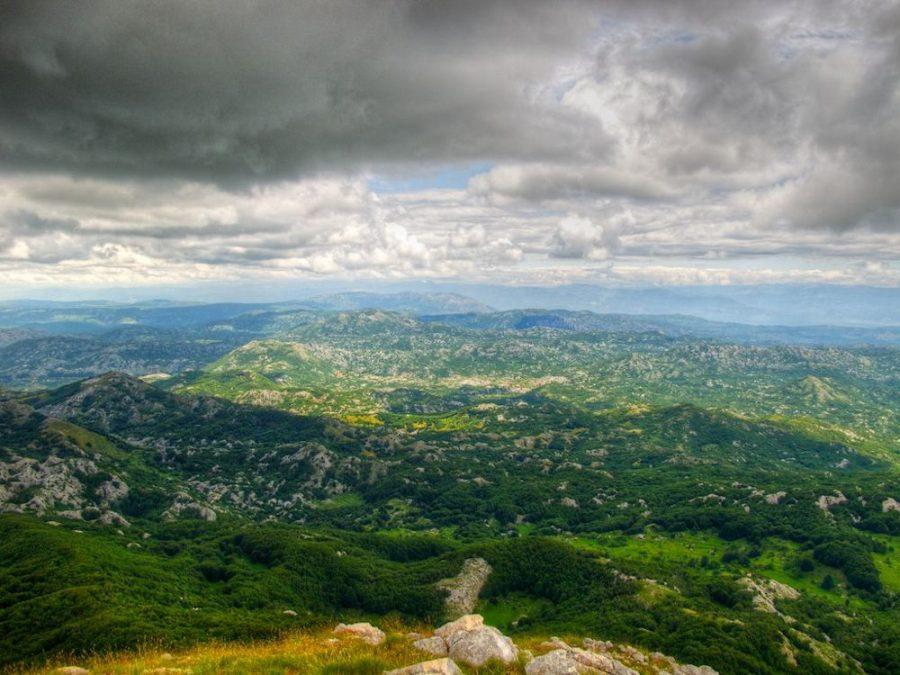
Lovćen, although a small town, leaves a lasting impact with its breathtaking views. As you drive toward Lovćen, prepare to be awestruck by the picturesque landscapes, but hold onto your seat, as the winding road through the hills can be exhilarating.
Despite the adventurous journey, you’ll be rewarded with an opportunity to immerse yourself in local life and savor awe-inspiring vistas that make it all worthwhile.
16. Bled, Slovenia
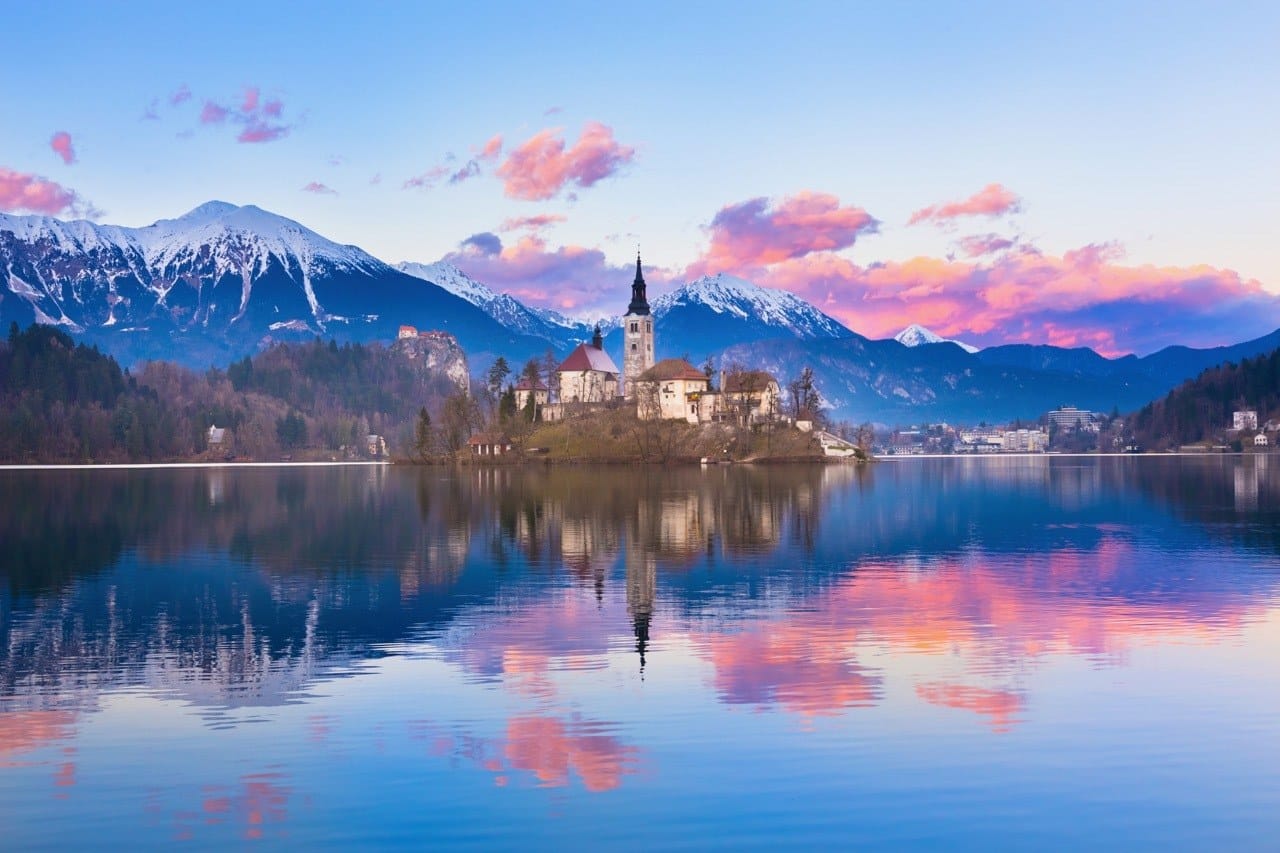
Bled is renowned for its enchanting lake and is a destination that should be on everyone’s travel list. The scenery here is unparalleled, offering a serene oasis to escape the hustle and bustle of everyday life.
Whether you’re exploring the picturesque island in the middle of the lake, taking a traditional pletna boat ride, or simply soaking in the fresh alpine air, Bled provides an idyllic retreat, perfect for reconnecting with nature and creating cherished memories, especially if you’re visiting with a loved one.
17. Berat, Albania
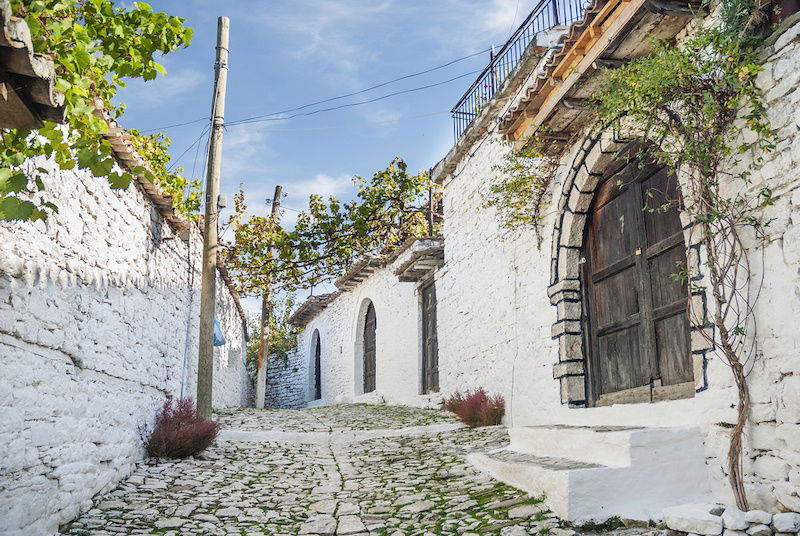
Berat, lovingly referred to as the “City of a Thousand Windows” by locals, is a hidden treasure of Albania. This charming hillside village is a photographer’s dream, boasting stunning architecture and historical landmarks. Explore the town’s winding streets to discover remarkable ruins, well-preserved buildings, and cultural treasures like the Red Mosque and ancient Byzantine churches.
Berat is a testament to Albania’s rich heritage, where the past seamlessly blends with the present, offering travelers a glimpse into a world of architectural wonders and timeless beauty.
18. Mostar, Bosnia & Herzegovina
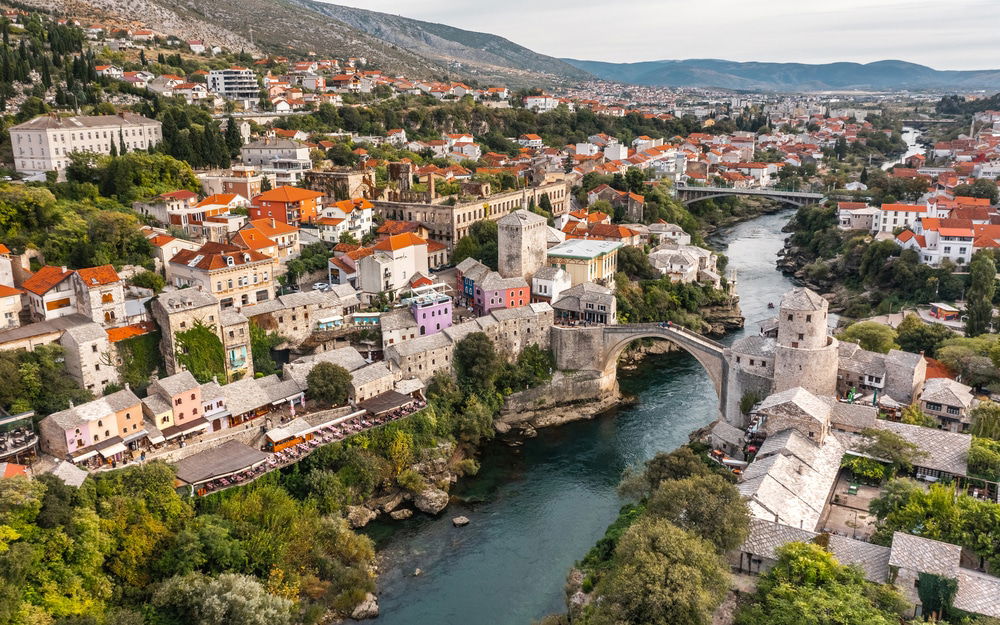
Nestled along the banks of the Neretva River, Mostar is a hidden gem that effortlessly weaves history and beauty. At the heart of this picturesque town stands the iconic Stari Most, or Old Bridge, a symbol of resilience that arches gracefully over the river.
Mostar’s history is palpable as you wander its cobblestone streets, revealing Ottoman and Austro-Hungarian influences in its stunning architecture. While the scars of war are still visible, the town has rebuilt itself with a deep sense of pride. Mostar’s allure extends beyond its famous bridge, offering travelers glimpses into its rich history and diverse culture.
From sipping Bosnian coffee in charming cafes to exploring historic mosques and vibrant markets, Mostar is a destination that leaves a lasting impression.
19. Ohrid, North Macedonia
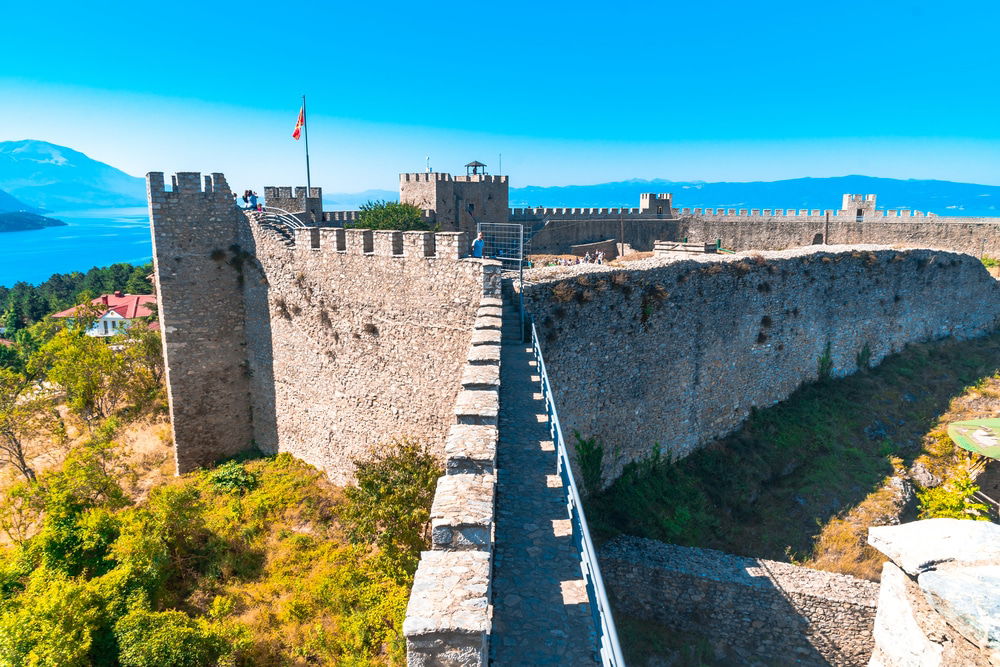
Tucked away in the southwestern corner of North Macedonia lies the enchanting town of Ohrid, a UNESCO World Heritage Site that feels like a step back in time. Ohrid Lake, one of Europe’s oldest and deepest, glistens with crystal-clear waters, inviting you to take a leisurely stroll along its shores or embark on a boat ride.
The old town of Ohrid is a treasure trove of history, where centuries-old churches and monasteries, each a masterpiece of Byzantine art, stand as silent witnesses to the town’s illustrious past. As you meander through the narrow streets, you’ll encounter friendly locals, bustling markets, and charming cafes.
Ohrid’s serene beauty and rich cultural heritage make it a must-visit destination for travelers seeking tranquility and history in equal measure.
20. Skopje, North Macedonia

Skopje, the capital city of North Macedonia, is a city of contrasts, where classical elegance meets modern grandeur. The imposing Alexander the Great Square, adorned with statues and monuments, serves as the city’s centerpiece.
Skopje’s architecture is a tapestry of styles, from Ottoman-era bazaars to beautiful buildings that add a touch of whimsy to the skyline. Explore the Old Bazaar, where centuries-old traditions blend seamlessly with contemporary life, and savor local delicacies at traditional restaurants. Skopje offers a fascinating blend of the old and the new, making it a vibrant and dynamic city worth exploring.
21. Brasov, Romania
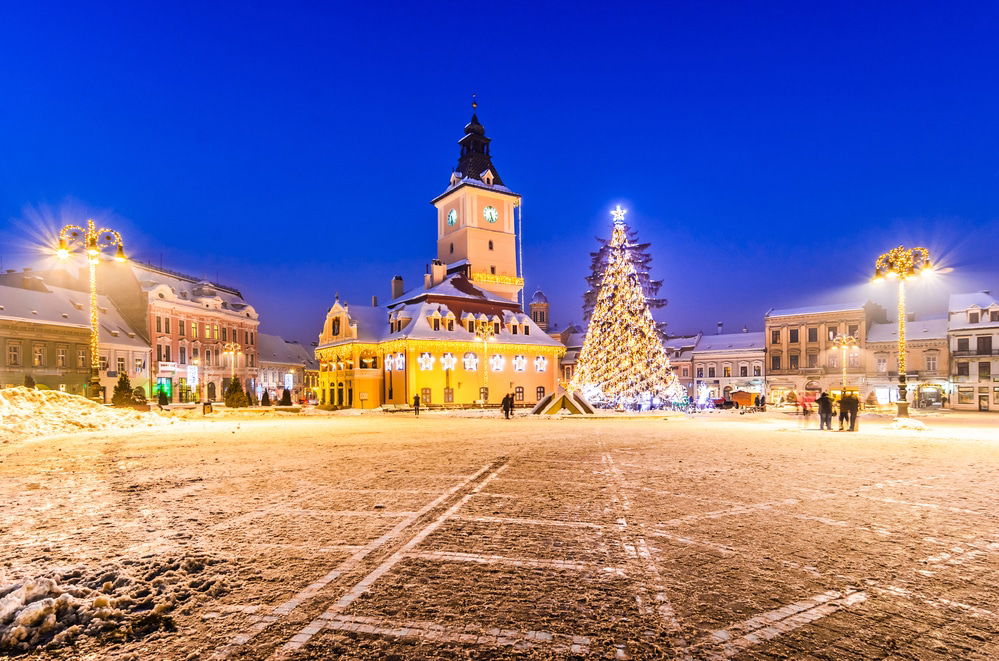
Nestled in the heart of the Carpathian Mountains, Brasov is a charming Romanian city that feels like it’s been plucked from a fairy tale. With its impeccably preserved medieval architecture, the city exudes an old-world charm that captivates visitors.
A visit to Bran Castle, famously associated with the Dracula legend, is just a short drive away, adding a touch of mystery to your journey. Stroll through the Council Square, lined with colorful baroque buildings and quaint cafes, and venture up Tampa Mountain for panoramic views of the city. Brasov’s rich history and scenic beauty make it an ideal destination for those seeking a blend of culture and natural splendor.
Move This Adventure To Your Inbox & Get An Instant Freebie

No spam. Unsubscribe at any time.
22. Prizren, Kosovo
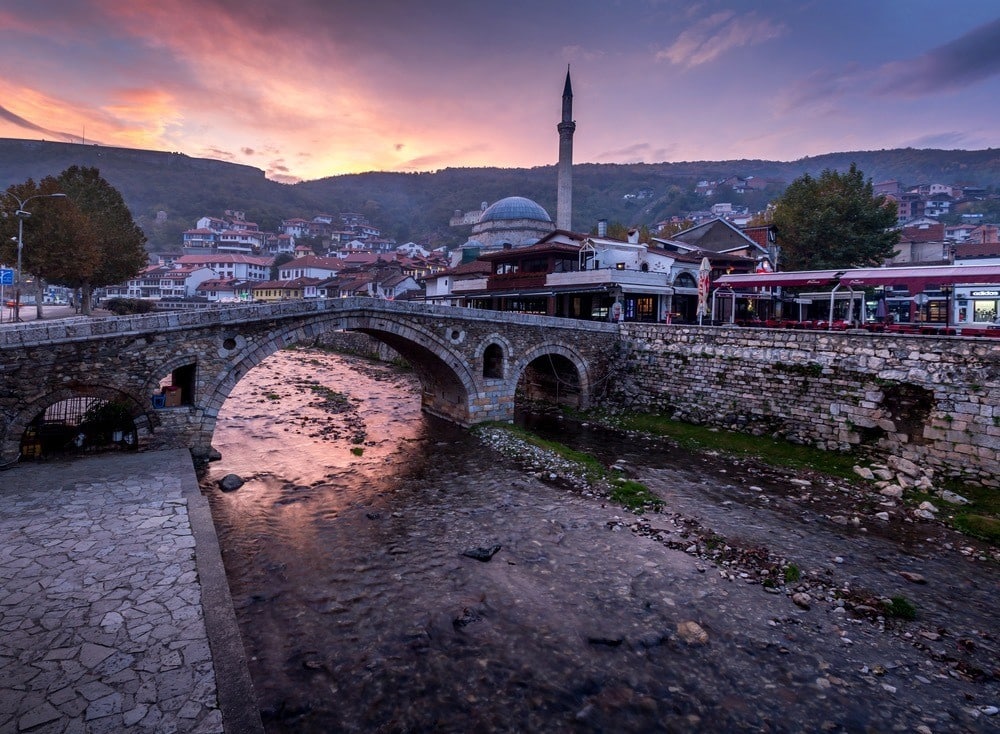
Prizren, a historic gem in Kosovo, is a city that transports you to another time. Its cobbled streets wind their way through well-preserved Ottoman-era architecture, and the town’s skyline is punctuated by the picturesque Prizren Fortress.
Roam the bustling Shadervan Square, where you can enjoy a cup of Turkish coffee and watch daily life unfold. Explore the numerous mosques, churches, and museums that reflect the city’s diverse heritage. Prizren’s authenticity, charm, and friendly atmosphere make it a delightful destination for travelers eager to immerse themselves in history and culture.
23. Veliko Tarnovo, Bulgaria
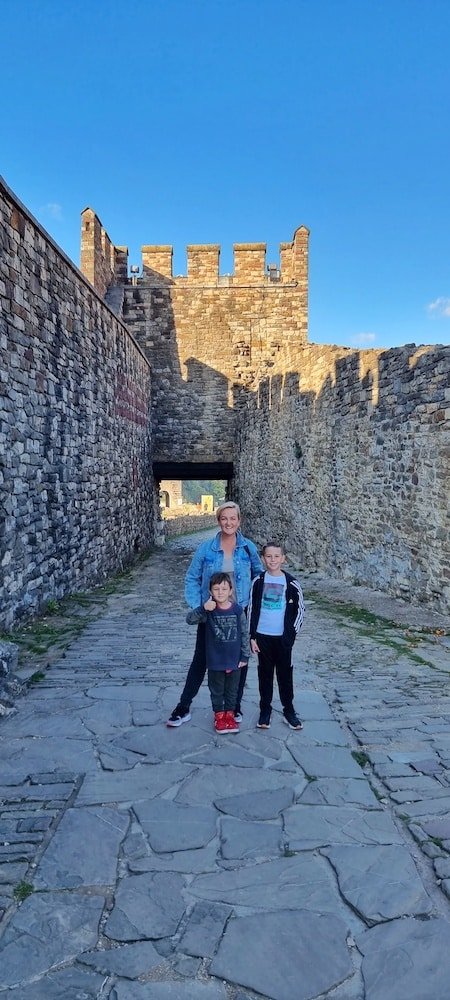
Known as the “City of Tsars,” Veliko Tarnovo is a Bulgarian treasure perched atop a dramatic hill. Its crowning jewel is the Tsarevets Fortress, a commanding stronghold that offers panoramic views of the city and the meandering Yantra River below.
Wandering through Veliko Tarnovo feels like stepping back into medieval times, with its narrow cobblestone streets, ancient churches, and traditional Bulgarian houses. The town’s vibrant arts scene and lively markets add a modern flair to its rich historical tapestry. Veliko Tarnovo’s unique blend of old-world charm and contemporary vitality makes it an enchanting destination for travelers seeking history, culture, and natural beauty.
Exploring The Balkans: Not So Hidden Gems
When it comes to exploring the Balkans, some of us often seek out the hidden gems, the off-the-beaten-path destinations that promise solitude and serenity. However, sometimes, the allure of well-known spots is simply irresistible.
Some such places are:
Bay Of Kotor, Montenegro
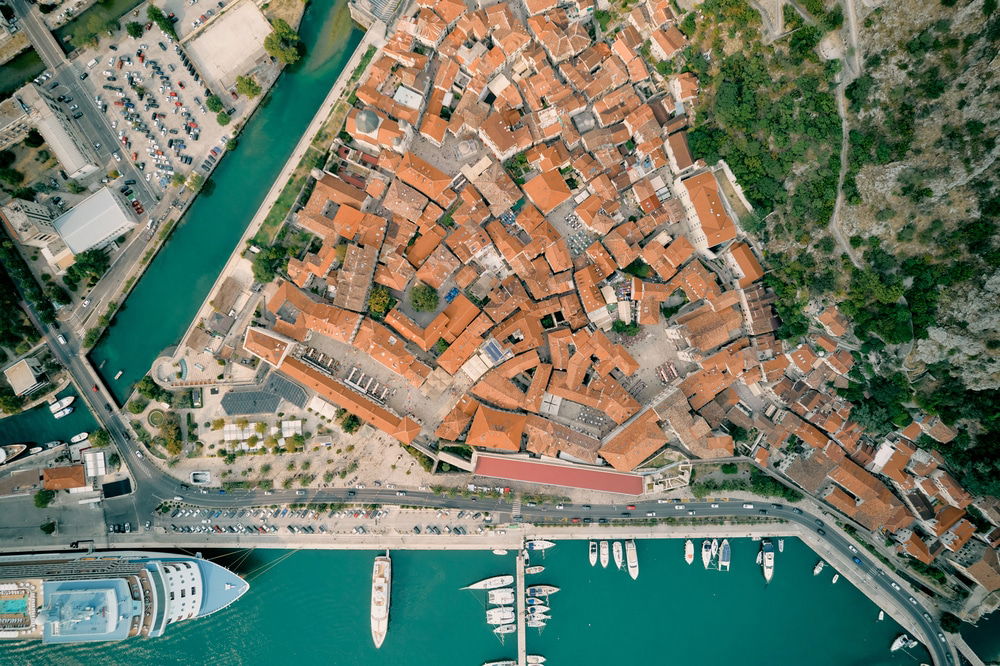
Kotor has been added to many cruise programs over the last few years, and that has led to a boom in tourism.
This is a small town in the south of the country which has plenty of beauty to explore. Boka Bay is the center of the town, and there are several UNESCO World Heritage-listed buildings around.
However, despite the new boom of tourism, it still feels very authentic.
Ljubljana, Slovenia
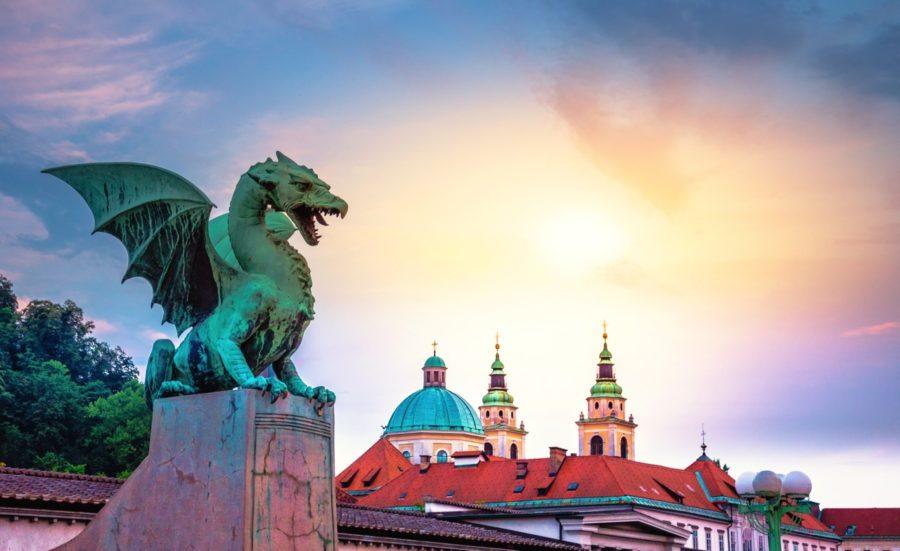
Ljubljana is the capital of Slovenia, and it’s a beautiful city to visit. What it lacks in size, it makes up for in charm and authenticity.
This is a stunning city, and you’ll need plenty of time to walk around, soak up the atmosphere, and take plenty of photos. However, it’s doable in a day or two if you’re pushed for time.
Plitvice Lakes National Park, Croatia
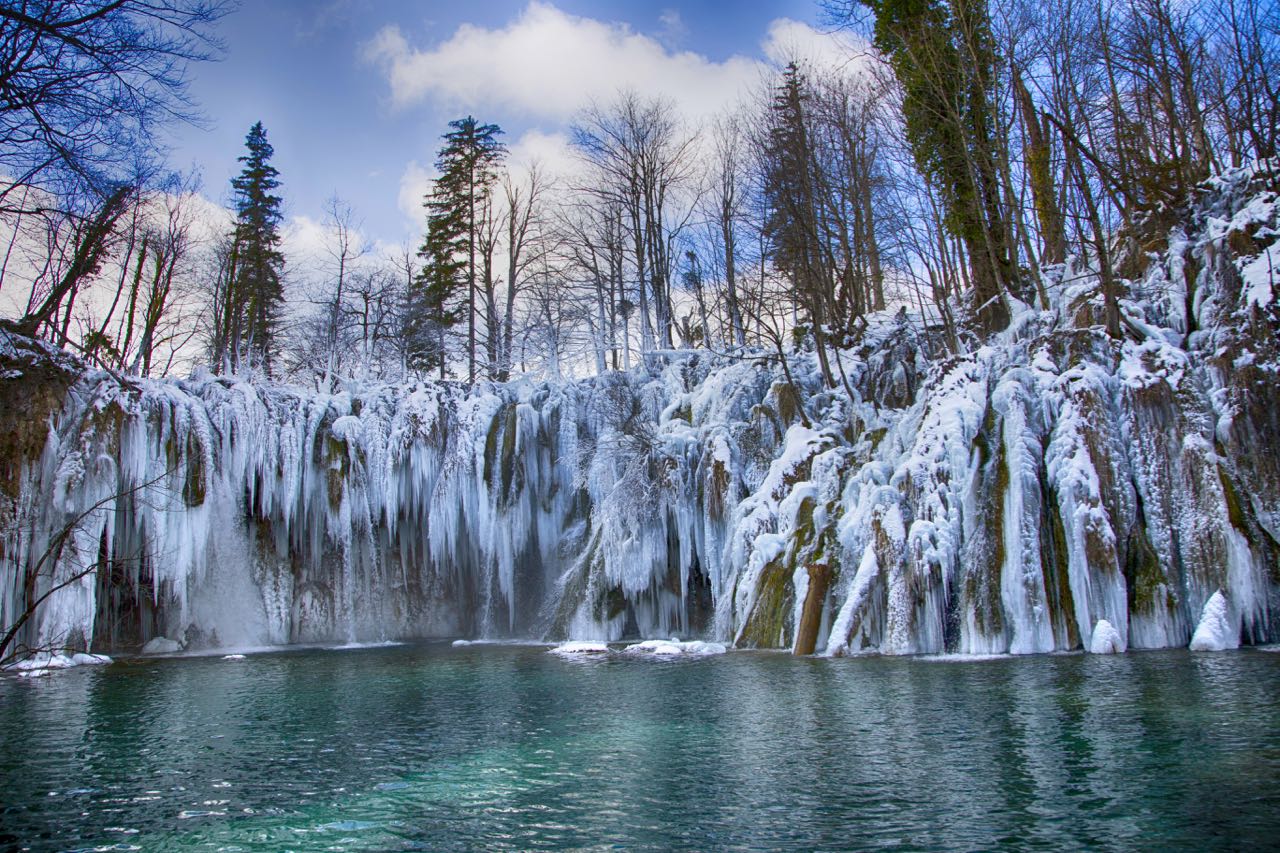
When you’re visiting Croatia, no matter where you go, you must make some time to go to Plitvice Lakes National Park. This is nature at its very best, and although it’s extremely popular during the summer months and does get quite crowded, getting there early in the day will give you a head start.
From ancient cities to historic buildings, our local guide has shown you the perfect places in the Balkans. Which of these great places do you think is the best?
- Best Beaches In The Balkans
- Top Places To Go Hiking In The Balkans
- One Month Itinerary For Traveling Through The Balkans
- Ultimate 5-Day Balkans Travel Itinerary
- Two Week Road Trip Itinerary Through The Balkans
- Balkan Cruises – Where You Can Cruise To In The Balkans
- Southwestern Balkans Road Trip
- What To Wear In The Balkans

